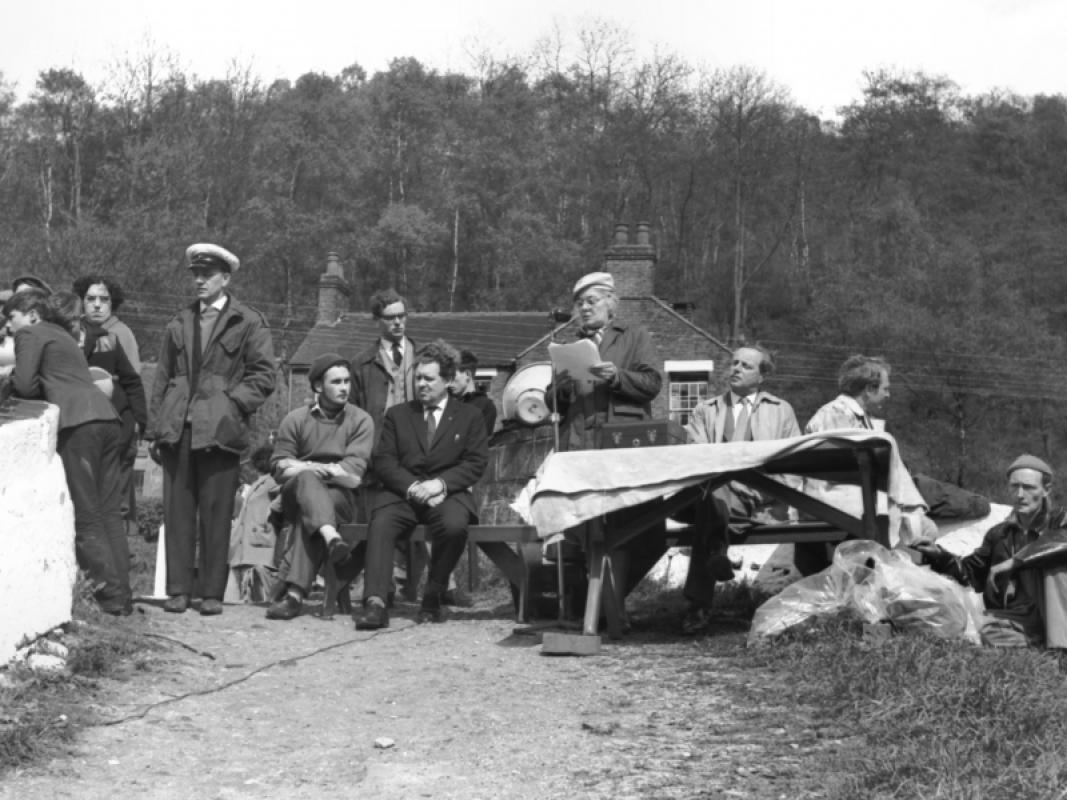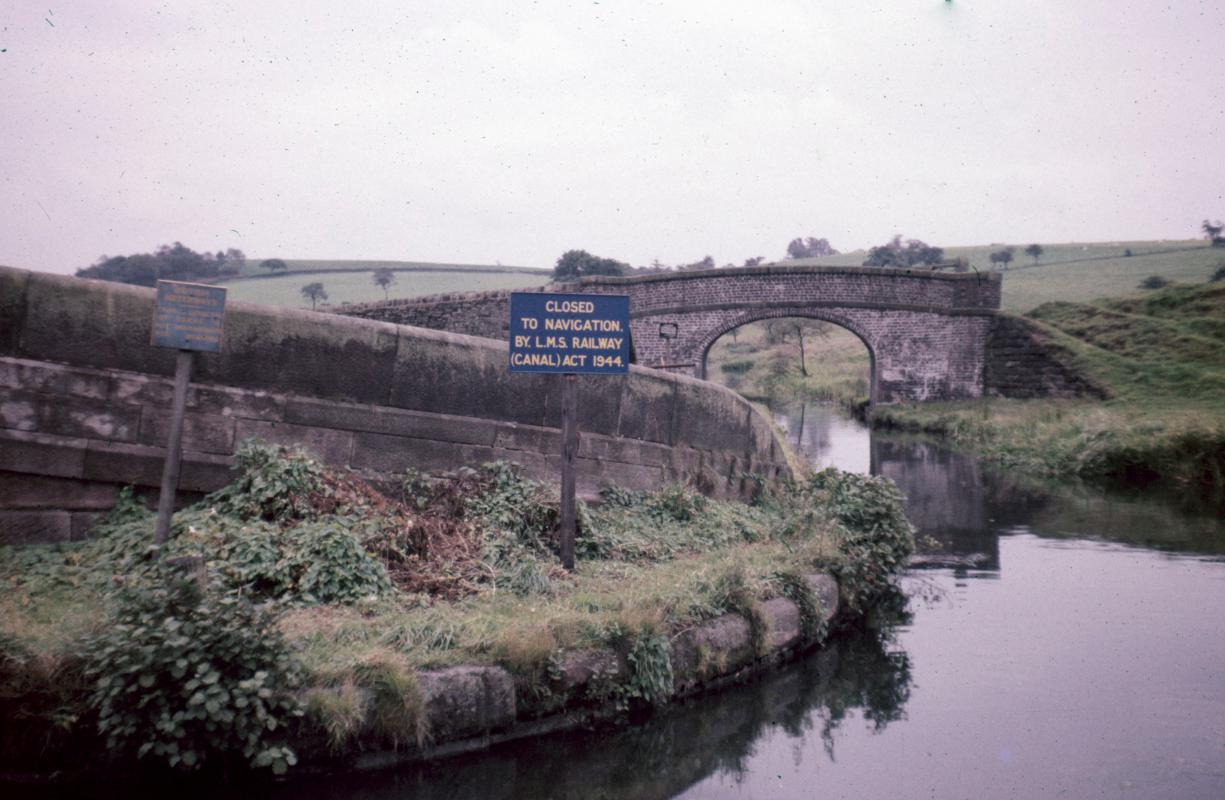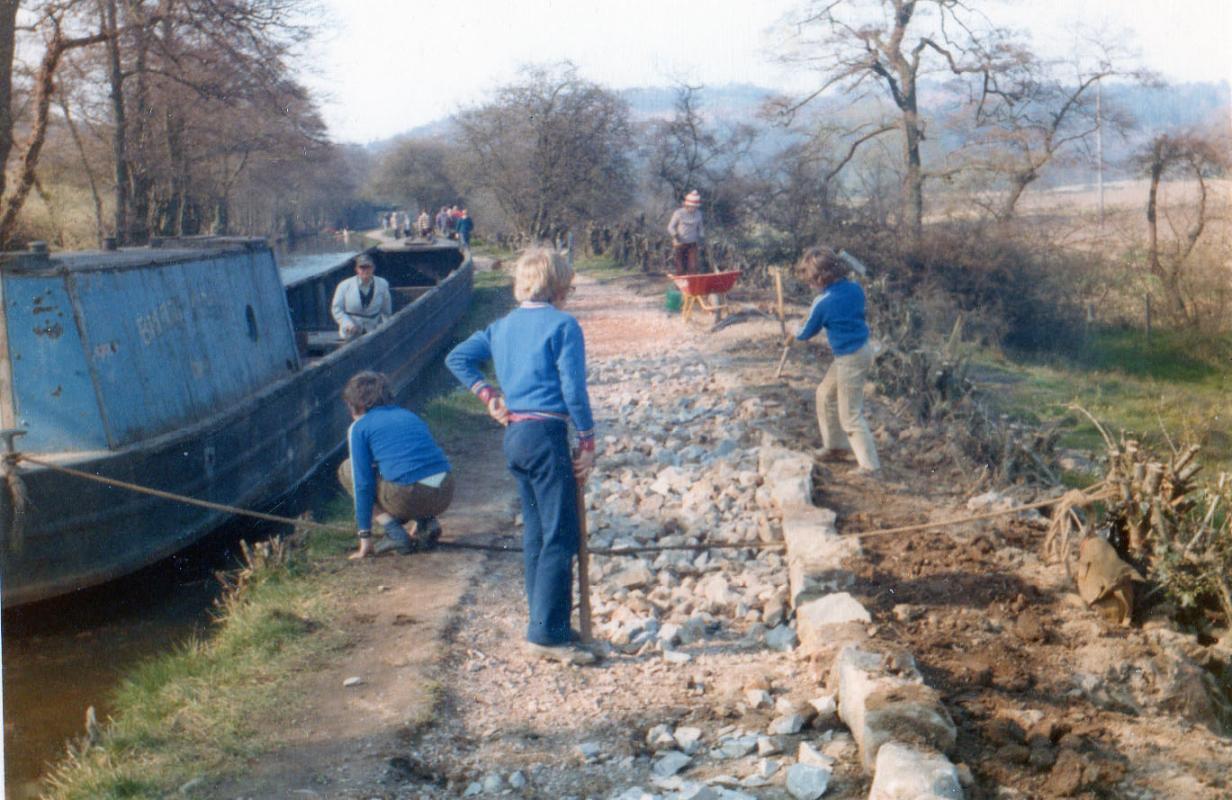The Caldon Canal was built between Etruria and Froghall in 1776 at a cost of £23,560 and was intended to carry limestone from the quarries at Cauldon Low to Stoke-on-Trent. A tramway, included in the cost, was built from the quarries to the canal.
In 1801 a branch was constructed to Leek and the canal extended from Froghall to Uttoxeter. At the same time Rudyard Lake was constructed.
By the late 1950s traffic had virtually ceased on the Caldon Canal and in 1960 a closure notice was displayed at Etruria. Not wishing to see the canal closed, a number of enthusiasts got together and in 1963 the Caldon Committee (forerunner to the Caldon Canal Society, later the Caldon & Uttoxeter Canals Trust) was inaugurated with a view to saving the Canal.
The Caldon Canal was classed as a remainder waterway in 1968. This meant that British Waterways were not bound to maintain the canal to a navigable standard but it would not be closed. Eventually an agreement was reached between Stafford County Council, Stoke-on-Trent City Council and British Waterways Board to restore the canal.
Thus, in 1974 the Caldon Canal was reopened at a cost of £100,000. Following reopening, the Caldon Canal Society's aim was to have the Caldon upgraded to cruising status and this was finally achieved in 1983.
A more detailed chronology may be found here.
The Caldon Canal is widely seen as one of them most interesting waterways in the country. It is very much a canal of contrasts, beginning in the centre of the Potteries but also passing through remote countryside on the summit level and the Churnet Valley.
If you are planning to visit on foot, by car or boat, make sure you read the FAQ before your visit.



